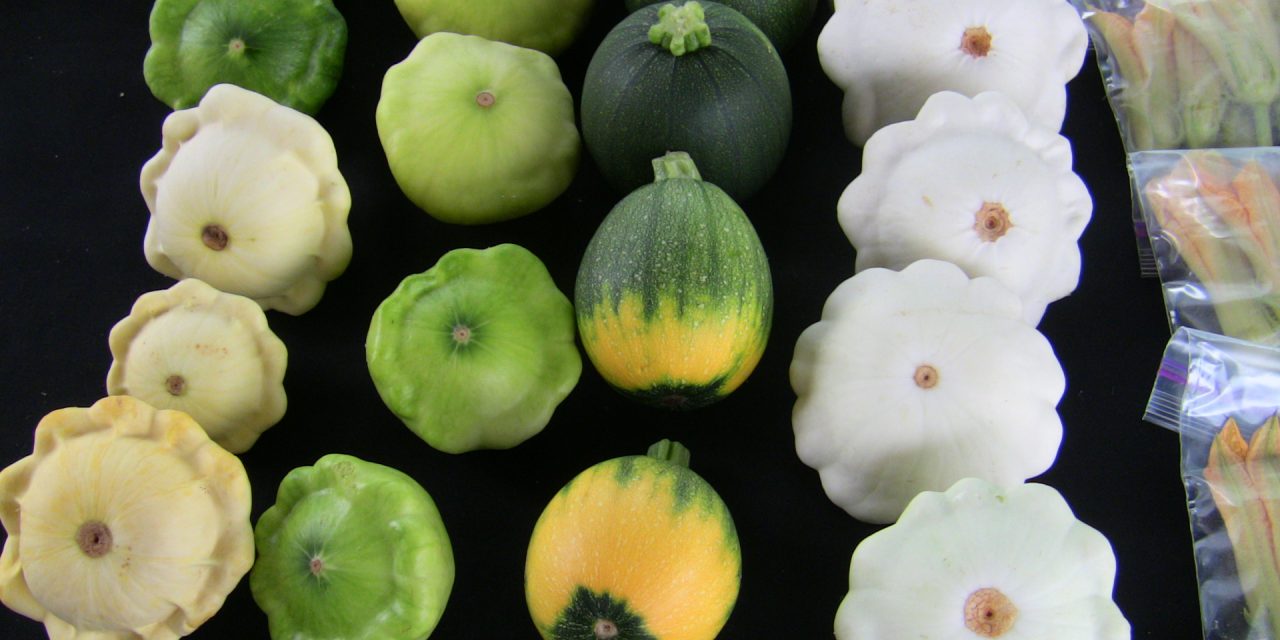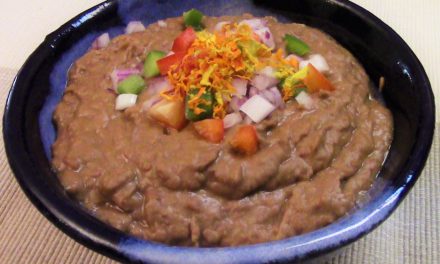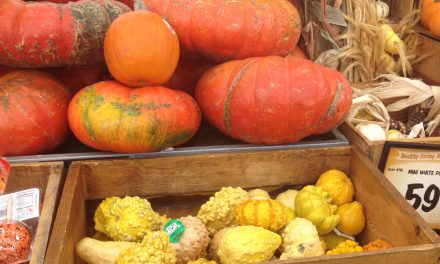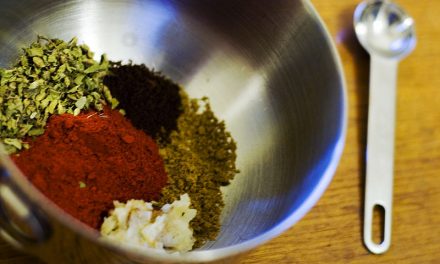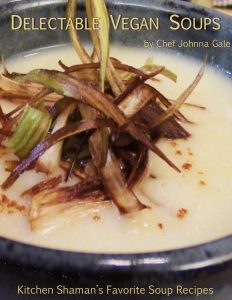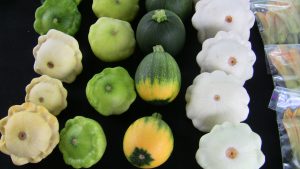 Have you ever faced the produce section in the grocery store and wondered about all that squash? The different varieties, how to cook them, what they even are?
Have you ever faced the produce section in the grocery store and wondered about all that squash? The different varieties, how to cook them, what they even are?
And what about that pumpkin you carved a few weeks ago for Halloween? Was that actually edible?
Zucchini and yellow squash come in abundance, and I cook with them all the time. It’s a great addition to soups, as a side dish, just sauteed in a little oil and salt, or hollowed out and the insides mixed up with other ingredients to make a baked squash entree.
But what about winter squash? There are many more varieties. The cooking method remains the same. Bust them open– carefully! — with a very sharp knife. Clean out all the seeds, chunk them up and then roast or bake them in an oven. You can then transform the squash into soups, purees, pies, and other delicious dishes for meals.
There are approximately 25-30 varieties of winter squash as opposed to the 5-6 varieties for summer squash. Summer squash is much more fragile and is harvested at a tender, immature age. It is grown in the early spring and harvested throughout the summer. Winter squash is planted in the spring, and is grown to full maturity. It is harvested when the outer skin becomes tough and the flesh inside becomes more tender. Usually in the early to late fall.
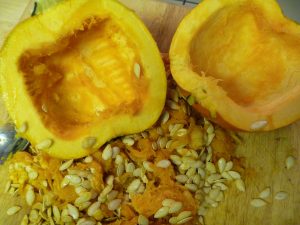 Winter squash can be kept for up to 6 months in storage between 55-45 degrees (but not in a refrigerator). Thus you can purchase all those beautiful sugar pumpkins and spaghetti squash, and find a cool place in your house where they will keep. That way in the middle of February, when squash are hard to find, there will be some that you can cook.
Winter squash can be kept for up to 6 months in storage between 55-45 degrees (but not in a refrigerator). Thus you can purchase all those beautiful sugar pumpkins and spaghetti squash, and find a cool place in your house where they will keep. That way in the middle of February, when squash are hard to find, there will be some that you can cook.
You can also cook the squash, and then freeze them in portion bags, and pull them out as you desire to make soups and purees. Most of the winter squash take well to spices like cinnamon, nutmeg, clove, cardamom, and sugar. These are warming spices and when mixed in with the squash provide that necessary sensation of warmth during those deep winter months.
And about that pumpkin, well, the really big ones that we carve aren’t necessarily edible, but if you buy the smaller sugar pumpkins, and other smaller squash, those you can cook and eat.
Preparing and cooking squash is a very manual task, so prepare to get a bit dirty and have a great visceral experience while cutting and cleaning the squash. And if you have kids, well, maybe you can talk them into cleaning up the mess.

